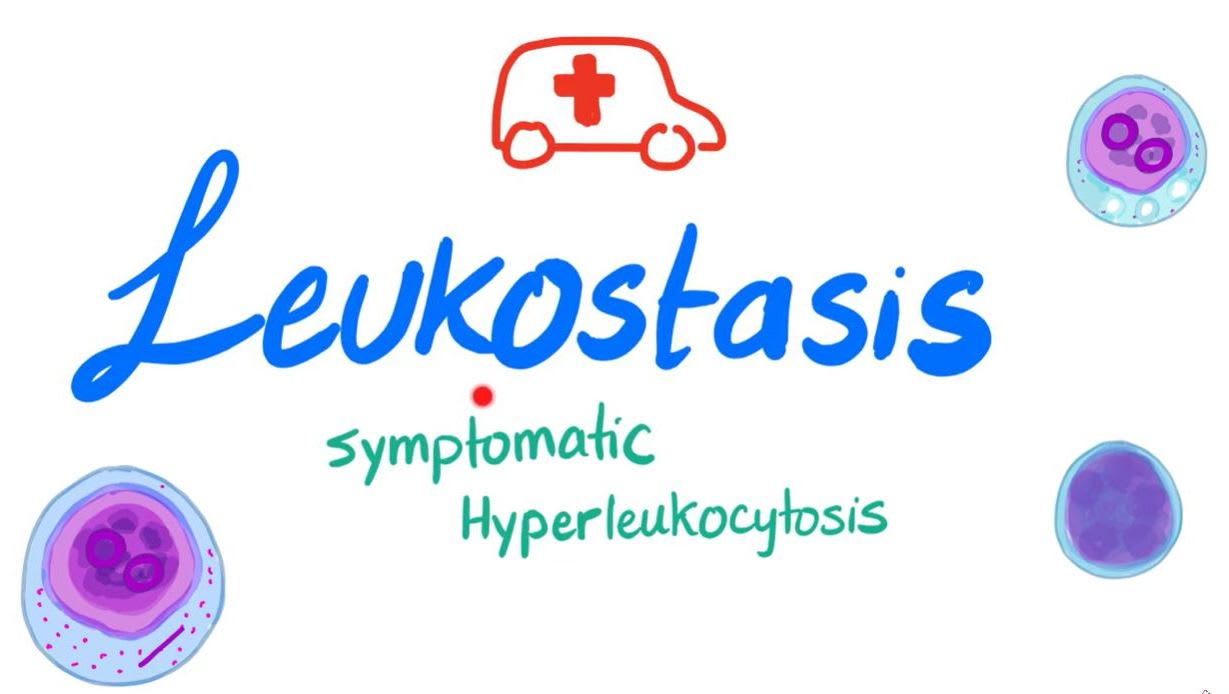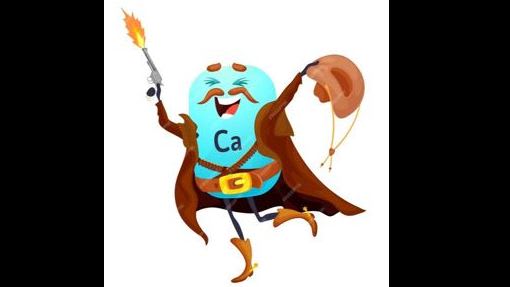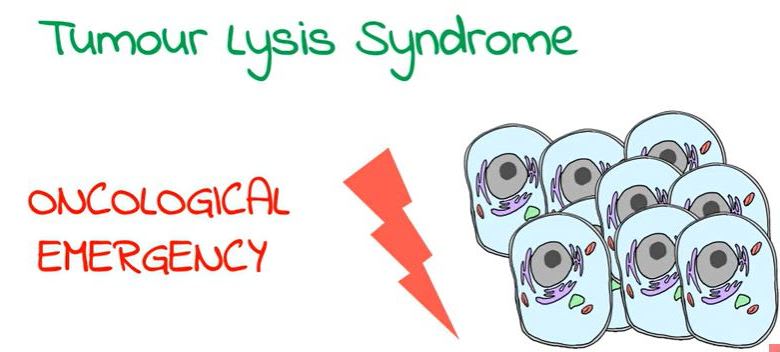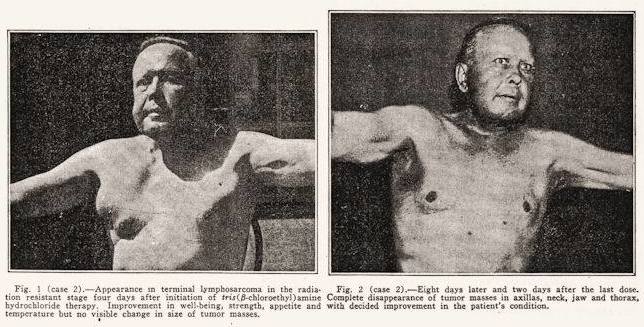Oncological Emergencies.


You have to assume he is neutropenic and commence antibiotics ASAP. Tazocin 4.5gm IV is a good option (Note--it has Piperacellin in it which is a Penicillin--- so do not give if the patient is allergic to Penicillins---in which case Ceftazadime 2gm IV would be an option).

It may affect any organ but most commonly affects the lungs and brain. Overall acute onset of dyspnoea is the most common presentation.
Named after the now deceased Hugh Pemberton. It means the patient has a thoracic inlet obstruction and was initially described in a patient with a large retrosternal goitre.
The video shows RV and RA diastolic collapse as well as a distended IVC. The patient unsurprisingly required urgent pericardial drainage.

It does have a broad group of side effects including very occasionally causing dilative cardiomyopathy.

These patients are inevitably dehydrated. The most effective initial treatment is to get them rehydrated. The other options may all become part of your treatment regime but IV fluids is your first line in ED.

The broken cells spill out K and Phosporus (which binds to Ca to cause CaPO4--and therefore cause low free Calcium). They also spill out nucleic acids which are broken down to uric acid which in turn causes acute kidney injury.

These patients need early recognition, early steroids and early involvement of oncology and neurosurgery.

Classically it occurs in Waldenstrom macroglobuliemia but can occur if you have very high white cells (Leukemia), Red cells (Polycythemia), Platelets (Thrombocytosis) or other high paraproteins (Myeloma). The problem is "thick blood" which obstructs vessels and buggers up platelet function (thats why the bleeding occurs).

In 1942 Goodman and Gilman noted the effects of Mustard Gas to cause lymphoid and myeloid suppression. They altered the compound and created Nitrogen mustard. The photo is of their first patient. This is a link to a Wikepedia page that briefly tells the unusual story. https://en.wikipedia.org/wiki/Nitrogen_mustard